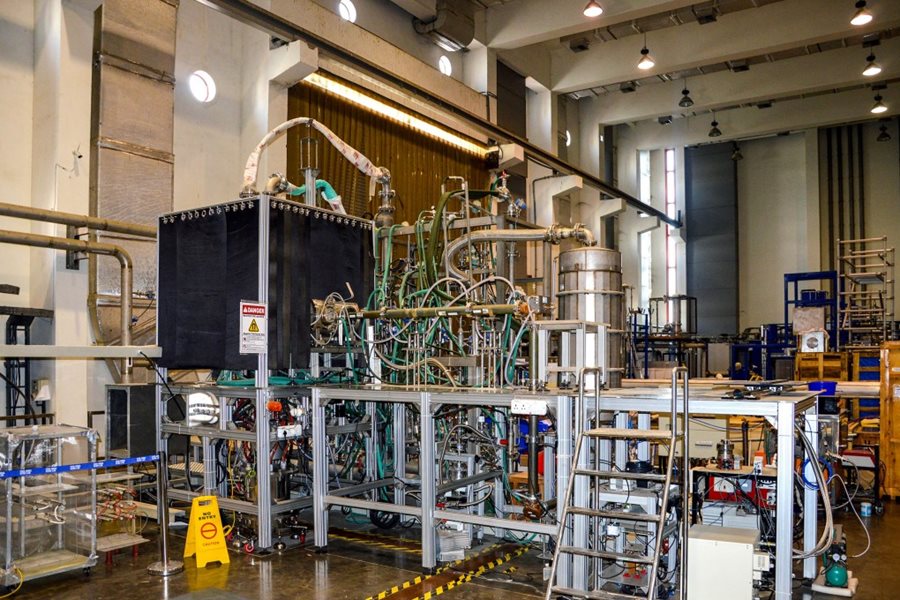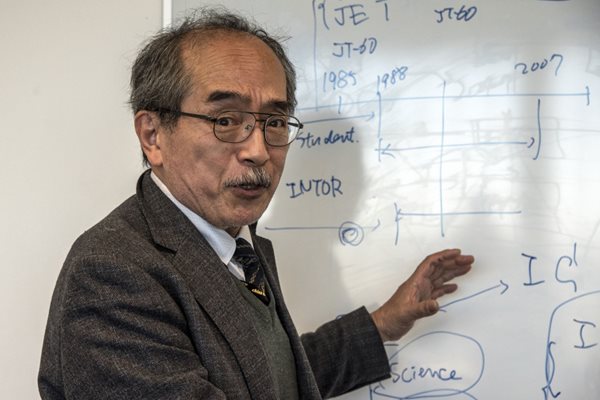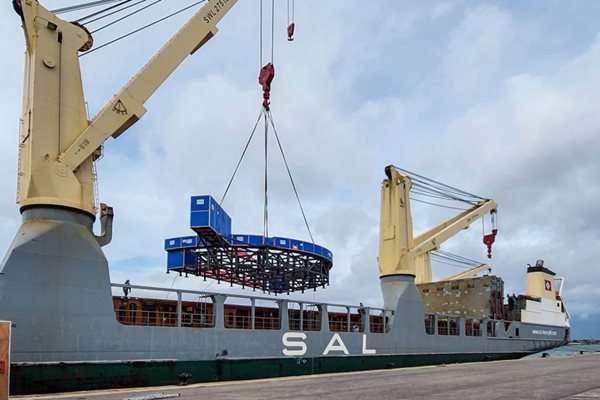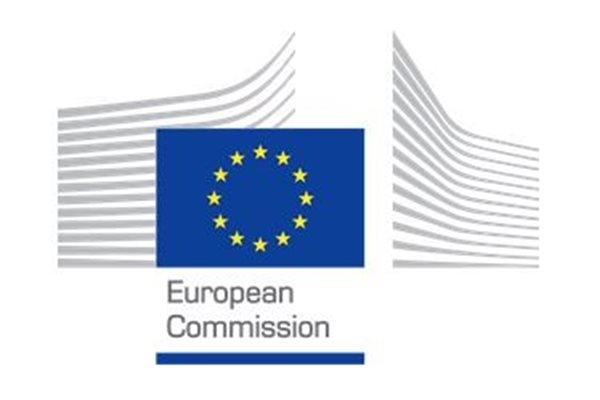
you're currently reading the news digest published from 20 Mar 2023 to 27 Mar 2023
featured3
of-interest1
press13
featured
Gyrotrons | India successfully demonstrates ITER power and pulse requirements
As a part of its in-kind commitments to the project, ITER India will deliver two radio-frequency-based power sources (or 'gyrotrons") with state-of-the-art specifications (170 GHz, 1MW, up to 3600 s), as wells as four main high voltage power supplies (6MW, 55kV each) for electron cyclotron resonance heating. The deliverables also include the associated auxiliaries and a demonstration of complete system performance at the ITER site. One of the challenges of these complex high-power radio frequency systems is to establish integrated performance that is safe, reliable and easily repeatable despite working in a harsh electromagnetic environment. In order to validate and demonstrate the required integrated system performance, a megawatt (MW), continuous-wave-class Gyrotron Test Facility (IIGTF) has been developed at ITER India. The facility offers all the necessary auxiliary systems and services such as high-voltage and low-voltage power supplies; control, monitoring and protection systems; radio frequency diagnostic systems; cooling; and vacuum services. (These systems also serve as functional templates for actual ITER deliveries.) A test gyrotron with ITER-relevant specifications, along with a set of waveguide components including dummy loads, has been procured from M/s. GYCOM Russia and fully integrated with the test facility. Extensive testing and validation of all interfaces was performed before the integrated testing. The main high-voltage power supply was validated for performance specifications including the Joule limit (wire burn test) to ensure the safety of the gyrotron during arcing. After the interface validation tests, the site acceptance tests of the test gyrotron were successfully completed at ITER India. Output radio frequency power of 1MW at 170 GHz for 1000 s with radio frequency efficiency of about 50 percent was demonstrated during 'power and pulse' tests, comprising five successful 1000-second pulses. Various detailed tests such as reliability tests (with a number of successive pulses of 500 s each) and power modulation tests up to 1kHz have also been performed. This significant achievement also confirms the successful commissioning of the megawatt-class, continuous wave Gyrotron Test Facility at ITER India and validates the various auxiliary systems and their integrated performance.
Deputy Director-General | Yutaka Kamada, Science & Technology
In his late childhood and early teens, Yutaka Kamada developed two passions: one for growing cactus, the other for fusion energy. Half a century later, his cactus collection comprises 500 plants and Yutaka has been appointed Deputy Director General (Science and Technology) of the largest fusion research program ever implemented. What do growing cactus and managing a fusion project have in common? Probably the need for patience, for a deep understanding of processes at work, and for rigorous procedures to ensure success. Fusion entered Yutaka's life through a book, read at age 14. 'It was called Challenge to Plasma Fusion, by a famous plasma scientist named Shoichi Yoshikawa. My father, a chemist, had advised me to read it and I was instantly fascinated,' he explains. 'Recently, an old friend from that time congratulated me on my appointment as ITER Deputy Director-General and reminded me how, 50 years ago, I was absolutely determined to 'challenge fusion!'' Studying nuclear engineering, which included nuclear and plasma physics, was the obvious way to realize this teenage ambition. Yutaka obtained his PhD from Tokyo University in 1988 and joined the research staff of the JT-60 experiment that same year, rose to senior scientist in 1996, and was eventually appointed Japanese leader of the Europe-Japan JT-60SA fusion project (2008-2020) and Deputy Director General of the Naka Fusion Institute (2018). Yutaka's direct involvement with ITER began in 1999 when he joined the International Tokamak Physics Activity (ITPA), whose Coordinating Committee he chaired between 2010 and 2013. His participation in the ITER Council Science and Technology Advisory Committee (STAC), which he chaired in 2016 and 2017, brought him even closer to the inner workings and decision-making process of the project, as did his role as Japan's representative to the ITER Council from 2019 to 2022. Experience accumulated at the helm of JT-60SA (where ITER Director-General Pietro Barabaschi led the European contribution from 2007 to 2021), as well as at the Naka Fusion Institute and in the key structures of ITER will prove precious in Yutaka's new position. 'The most important, at this point in time, is to set a clear target and timeline, and for this integration is key,' he says. 'I mean, not only technical integration, but also human. We need to better integrate people, staff, and teams from the worldwide ITER project. If we all share the same objective, if we improve the sharing of information both within the ITER Organization and between the ITER Organization and the Domestic Agencies, then I'm optimistic about the future.' Because each of the seven ITER Domestic Agencies reflects its own national culture, preoccupations and approaches, the interaction between them and with the ITER Organization can be challenging at times. Like the present Director-General, Yutaka thinks that a better integration, better communication and an even closer partnership are essential to ITER success. 'The Domestic Agencies are responsible for procuring ITER components and systems. But their contribution should not stop there: Domestic Agencies should be involved in both the assembly and operation phases because these phases are the result of their manufacturing. And because they love their components and want to see them perform.' The expanded role that the new management wishes to assign to the Domestic Agencies is part of the larger overhaul that an impending reorganization, along with the definition of a new baseline, will make possible. The teenager who, 50 years ago, wanted to 'challenge fusion' is still very much alive in Yutaka. However, what he did not expect then was that the challenge would be as much about organization and integration as it is about physics and engineering. See the press release issued after his selection in English and French.
Images of the week | Yet another magnet feeder from China
This in-cryostat feeder will supply electrical power and cryogenic fluids to some of the top correction coils of the ITER machine. ITER will rely on 31 magnet feeders to bring electrical power, cryogens and instrumentation to its superconducting magnet systems (toroidal field coils, poloidal field coils, central solenoid, correction coils). Measuring up to 50 metres in length, the magnet feeders are composed of three segments—in-cryostat feeders (connected directly to the coils); cryostat feedthroughs (crossing through the concrete bioshield and into the vacuum environment of the machine); and coil termination boxes (housing electrical equipment, remote control helium supply valves, and sensors for coil instrumentation). The in-cryostat feeder for top correction coils 3-6 arrived at the French port of Fos-sur-Mer last week, and was unloaded at quay. Like for all procured components, the global logistics and transport was handled by DAHER. Manufactured in China by the Institute of Plasma Physics (ASIPP), it had left the factory with the assistance of the logistics company Sinotrans. (The large banner declares "Sinotrans assists in the smooth delivery of this oversized component for the ITER Project.') Once at ITER, the large component will be stored until its installation in the Tokamak Building. Of approximately 100 feeder segments expected from China, 37 have reached the ITER site and 29 have been installed.
of-interest
Publication: The global fusion state of play
The European Commission, Directorate-General for Energy, has published the "Foresight study on the worldwide developments in advancing fusion energy, including the small scale private initiatives." Commissioned from the consultancy Trinomics, the paper provides an analysis of the leading public and private fusion initiatives globally and uses the analysis to generate four foresight scenarios for fusion development to inform European Commission decision making on fusion. What are the strengths and weaknesses of various fusion approaches? When can the next fusion devices be expected? What are the most optimistic and least optimistic estimations for the arrival of fusion power on the grid? What technical challenges remain? The 113-page document can be consulted free of charge at this link. (© European Union, 2023)



